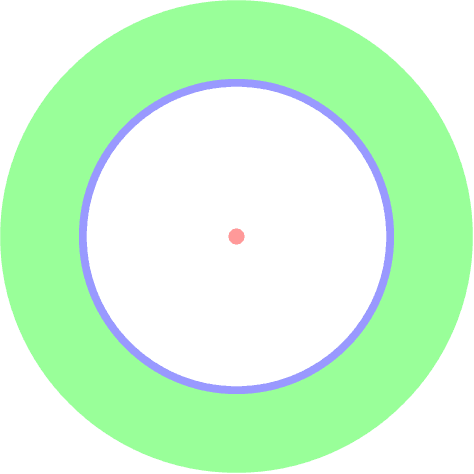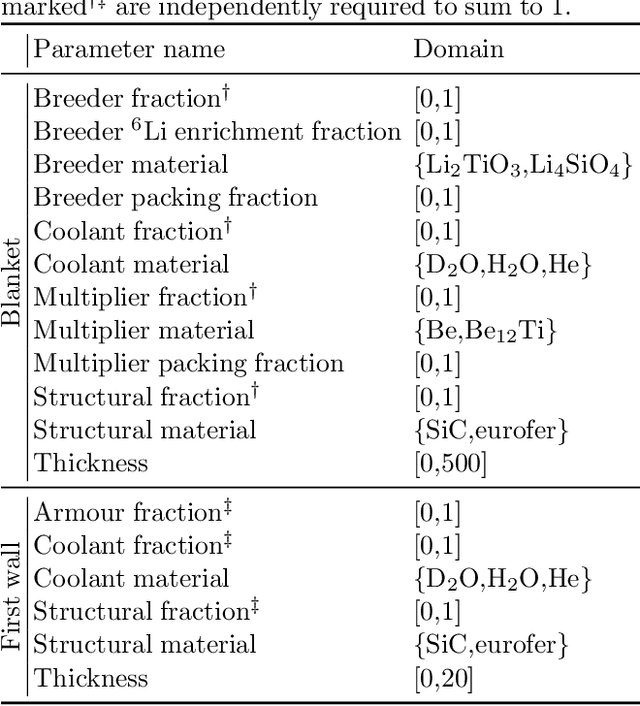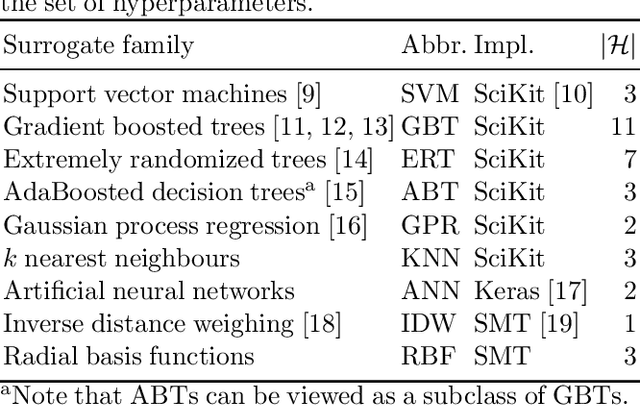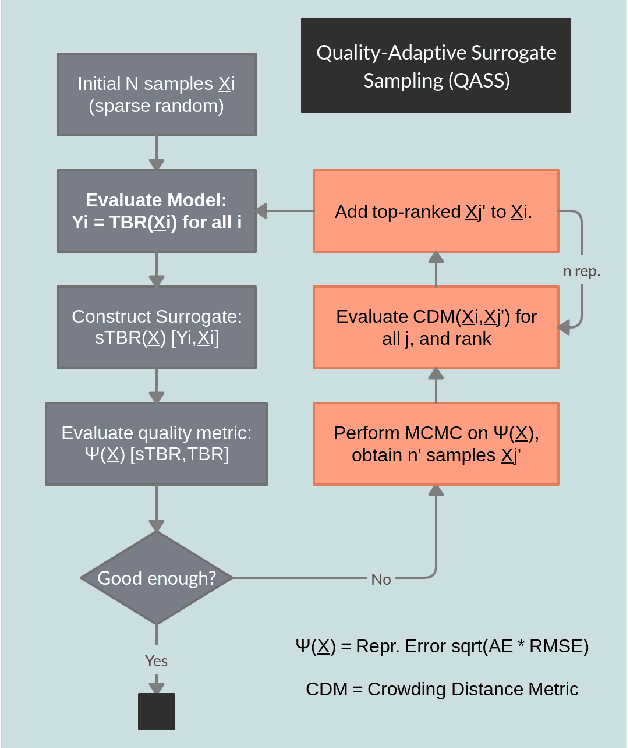Petr Mánek
Department of Physics and Astronomy, University College London, London, UK, Institute of Experimental and Applied Physics, Czech Technical University, Prague, Czech Republic
Fast Regression of the Tritium Breeding Ratio in Fusion Reactors
Apr 08, 2021



Abstract:The tritium breeding ratio (TBR) is an essential quantity for the design of modern and next-generation D-T fueled nuclear fusion reactors. Representing the ratio between tritium fuel generated in breeding blankets and fuel consumed during reactor runtime, the TBR depends on reactor geometry and material properties in a complex manner. In this work, we explored the training of surrogate models to produce a cheap but high-quality approximation for a Monte Carlo TBR model in use at the UK Atomic Energy Authority. We investigated possibilities for dimensional reduction of its feature space, reviewed 9 families of surrogate models for potential applicability, and performed hyperparameter optimisation. Here we present the performance and scaling properties of these models, the fastest of which, an artificial neural network, demonstrated $R^2=0.985$ and a mean prediction time of $0.898\ \mu\mathrm{s}$, representing a relative speedup of $8\cdot 10^6$ with respect to the expensive MC model. We further present a novel adaptive sampling algorithm, Quality-Adaptive Surrogate Sampling, capable of interfacing with any of the individually studied surrogates. Our preliminary testing on a toy TBR theory has demonstrated the efficacy of this algorithm for accelerating the surrogate modelling process.
Randomized Computer Vision Approaches for Pattern Recognition in Timepix and Timepix3 Detectors
Nov 06, 2019



Abstract:Timepix and Timepix3 are hybrid pixel detectors ($256\times 256$ pixels), capable of tracking ionizing particles as isolated clusters of pixels. To efficiently analyze such clusters at potentially high rates, we introduce multiple randomized pattern recognition algorithms inspired by computer vision. Offering desirable probabilistic bounds on accuracy and complexity, the presented methods are well-suited for use in real-time applications, and some may even be modified to tackle trans-dimensional problems. In Timepix detectors, which do not support data-driven acquisition, they have been shown to correctly separate clusters of overlapping tracks. In Timepix3 detectors, simultaneous acquisition of Time-of-Arrival (ToA) and Time-over-Threshold (ToT) pixel data enables reconstruction of the depth, transitioning from 2D to 3D point clouds. The presented algorithms have been tested on simulated inputs, test beam data from the Heidelberg Ion therapy Center and the Super Proton Synchrotron and were applied to data acquired in the MoEDAL and ATLAS experiments at CERN.
 Add to Chrome
Add to Chrome Add to Firefox
Add to Firefox Add to Edge
Add to Edge